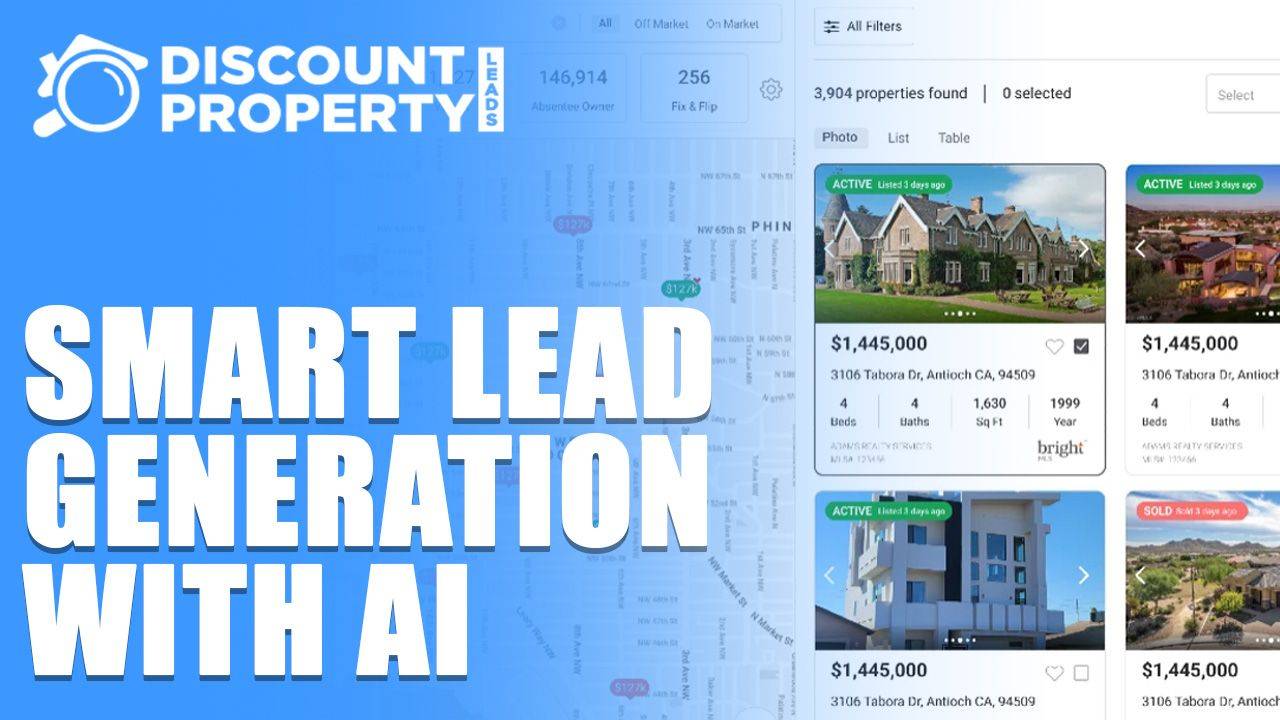More Inventory, Lower Prices: Why 2025 is the Year to Buy Real Estate
Mar 17, 2025
Written by David Dodge
The U.S. housing market is undergoing a significant shift, bringing much-needed relief to prospective buyers after years of a strong seller’s market. This change is creating new opportunities for those looking to purchase a home, whether as a primary residence or an investment property.
A Shift Toward a Balanced Market
Experts note that the housing market is gradually becoming more balanced. With inventory levels increasing, more price reductions, and homes staying on the market longer, buyers are gaining leverage in negotiations. According to Realtor.com, 2024 saw the lowest number of existing home sales since 1996, a clear sign that the market is cooling after years of intense competition.
Despite fluctuations in mortgage rates, market dynamics are leaning in favor of buyers. Lower interest rates can sometimes trigger demand surges that drive up prices, but the current increase in available properties is helping to counteract that effect. Sellers are also becoming more flexible, willing to negotiate prices and terms to attract buyers in a less frenzied market.
According to Realtor.com senior economist Joel Berner, the housing market is transitioning from a strong seller’s market to a more balanced one, with increasing inventory, longer time on the market, and more price reductions contributing to this shift.
Mauricio Umansky, founder of real estate firm The Agency, acknowledged that while the market is not expected to replicate the deep buyer advantages seen during the 2008-2009 housing crisis, conditions are undeniably improving. He emphasized that buyers now have a greater ability to submit competitive offers and negotiate better deals.
Factors Driving the Buyer-Friendly Market
Several key factors are contributing to this shift, making 2025 one of the most promising years for homebuyers in recent history.
- Increased Housing Inventory
- One of the biggest barriers for buyers in recent years has been a severe lack of available homes. However, inventory levels have been on a steady rise, providing buyers with more choices and reducing competition. According to Realtor.com, the number of homes actively for sale has been rising for 16 consecutive months, increasing by 27.5% compared to the previous year.
- Longer Time on Market
- The typical home is now staying on the market longer, with an average listing duration of 66 days—almost a week longer than in the prior year. This gives buyers more time to assess options, compare properties, and negotiate better terms without the pressure of making quick decisions.
- More Price Reductions
- Sellers who once held firm on high asking prices are now making adjustments. As inventory grows and demand stabilizes, more homes are experiencing price reductions. This trend is giving buyers an opportunity to find deals and negotiate better terms.
- Shifting Mortgage Rate Expectations
- Mortgage rates have been a major concern for buyers, but forecasts suggest that interest rates will stabilize in 2025. While they may not return to the historic lows seen during the pandemic, a steady decline from the peaks of 2023-2024 could make homeownership more affordable for many buyers.
Key 2025 Real Estate Investing Trends
As we move into 2025, real estate investors are adapting to a rapidly changing landscape, with new market conditions influencing investment strategies. Here are some key trends that are shaping the real estate investment scene this year.
One of the most significant trends is the increase in affordable housing projects. With a growing demand for affordable living options, both local governments and private developers are focusing more on accessible housing initiatives. This shift presents fresh opportunities for investors who are interested in tapping into the affordable housing market.
Additionally, suburban and secondary markets are seeing a rise in interest. As remote work continues to reshape housing demand, suburban areas and smaller cities are becoming prime locations for buyers looking for more space and lower living costs compared to the expensive metro areas. Investors looking to capitalize on appreciation potential are increasingly turning their attention to these regions.
Another trend gaining momentum is the surge in creative financing strategies. With traditional mortgage rates continuing to present challenges for many buyers, alternative financing options like seller financing, lease options, and rent-to-own programs are becoming more popular. Investors and homeowners alike are exploring these options to make transactions smoother and more affordable.
Lastly, the shift in short-term rental markets is something every investor should be aware of. As cities enforce stricter regulations on short-term rentals like Airbnb, it's essential for investors to stay informed about local policies to maximize returns. Meanwhile, long-term rental markets are gaining renewed interest, with investors seeking more stable and predictable returns.
Final Thoughts
For those looking to buy or invest in real estate, 2025 offers promising opportunities. With home prices stabilizing, sellers becoming more flexible, and inventory levels rising, it’s an excellent time to enter the market. While challenges like fluctuating mortgage rates persist, savvy buyers who do their research and act strategically can secure valuable properties at competitive prices.
The key to success in this evolving market is preparation. Buyers should take advantage of the increased options available, explore creative financing opportunities, and remain informed about local trends. As the real estate landscape shifts, those who are proactive and ready to make a move will be best positioned to capitalize on this buyer-friendly environment.
With the right approach, 2025 could be the year that aspiring homeowners and investors secure great deals and build lasting wealth through real estate.







